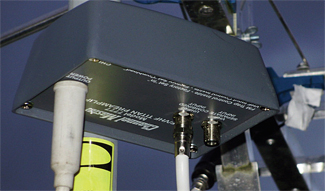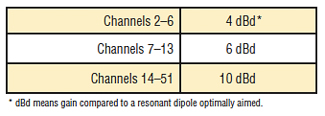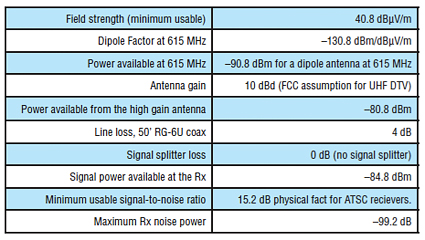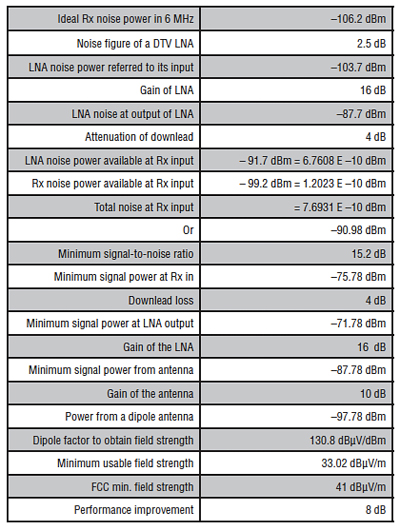Making DTV Reception Reliable

In my column DTV Reception 24/7 (April 6, 2011), I wrote about day/night fading of DTV signals, citing variations in the beam tilt of UHF transmitting antennas as a possible cause. Clearly, such variations in field strength where it is only slightly above the minimum required for DTV reception may appear to be beyond the broadcaster's control. But I promised you some sort of relief, so here goes.

Fig. 1: DTV low-noise pre-amplifier mounted on an antenna mast UHF DTV signals require a minimum field strength greater than 41 dB above 1 microvolt/meter (dBµV/m). It follows that when the field strength falls below 41 dBµV/m, audience is lost until the field strength increases to be above this threshold.
No, I'm not going to suggest that you seek to increase your effective radiated power—you don't need that sort of "free advice." I do suggest that you inform your audience that if they experience erratic reception, it might be that their receiving antennas, which might have seen a half-century of use, might need to be replaced. That might solve the problem, especially if both downlead and antenna are replaced as both suffer the ravages of nature and age.

Table 1: Minimum gain of DTV receiving antennas Let us say the variance in field strength near your nominal 41 dBµV/m contour is 6 dB peak to trough. Where the field strength always exceeds 41 dBµV/m—and only if the antenna has at least as much gain as was assumed by the FCC in planning for DTV, and that it is aimed towards the local transmitters—reception should be reliable, 24/7.
Table 1 gives the FCC Planning Factors for DTV antenna gains. I am not aware of any antenna that meets these gain specs across all TV channels, but some come close.
LIMITS TO DTV ANTENNA GAIN
How can erratic DTV reception be made reliable? The simplest scheme is to employ a much higher gain antenna. Some all-band TV antennas are really huge and they are costly. High gain antennas cannot fit inside most attics. Clearly, there are practical limits to TV antenna gain.
Let us see what can be done with a low-noise DTV signal pre-amplifier if it is installed on the antenna mast.
To do this, we will make a signal level budget as shown in Table 2. Table 3 shows the effect of a well-designed low noise pre-amplifier noise figure 2.5 dB gain 16 dB.

Table 2: Passive rooftop directional DTV antenna gain per FCC

Table 3: Minimum usable DTV field strength with a LNA The performance gain with an LNA at the antenna is 8 dB in this example. I chose an LNA noise figure of 2.5 dB, which is realistic for an LNA designed for DTV applications. What was called an LNA when NTSC (analog) signals were to be received would not have such a low noise figure because it might be overloaded by strong NTSC signals. It is possible to obtain a noise figure below 1 dB with today's technology.
CONCLUSION
I suggest that with a high-quality DTV LNA and a high-gain antenna with new RG-6U downlead, reliable reception would be provided where today, it is erratic.
All bets are off, of course, if the problem is due to interference. We will re-examine this later.
Charles Rhodes is a consultant in the field of television broadcast technologies and planning. He can be reached via email at cwr@bootit.com.
Get the TV Tech Newsletter
The professional video industry's #1 source for news, trends and product and tech information. Sign up below.
